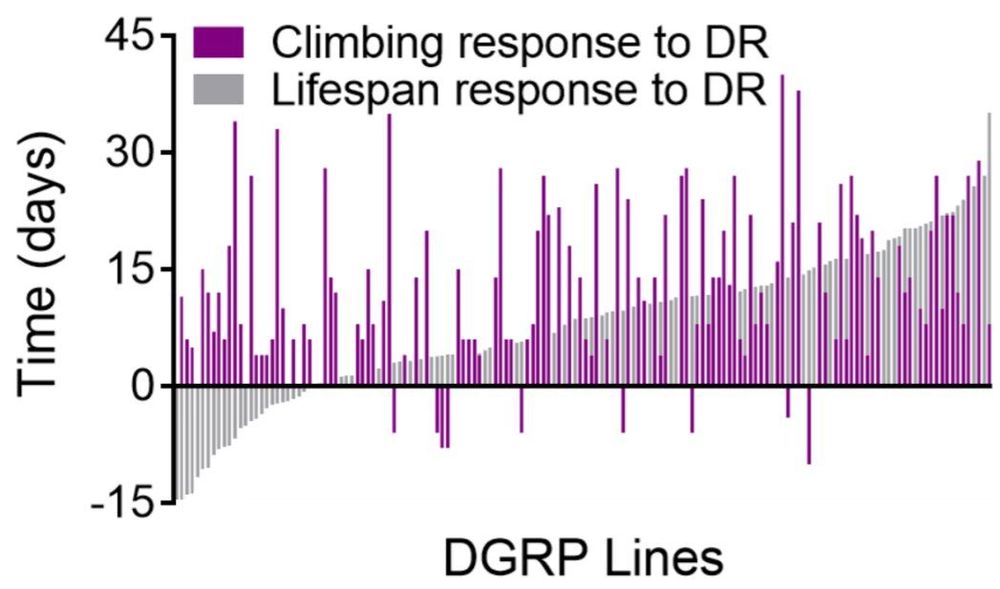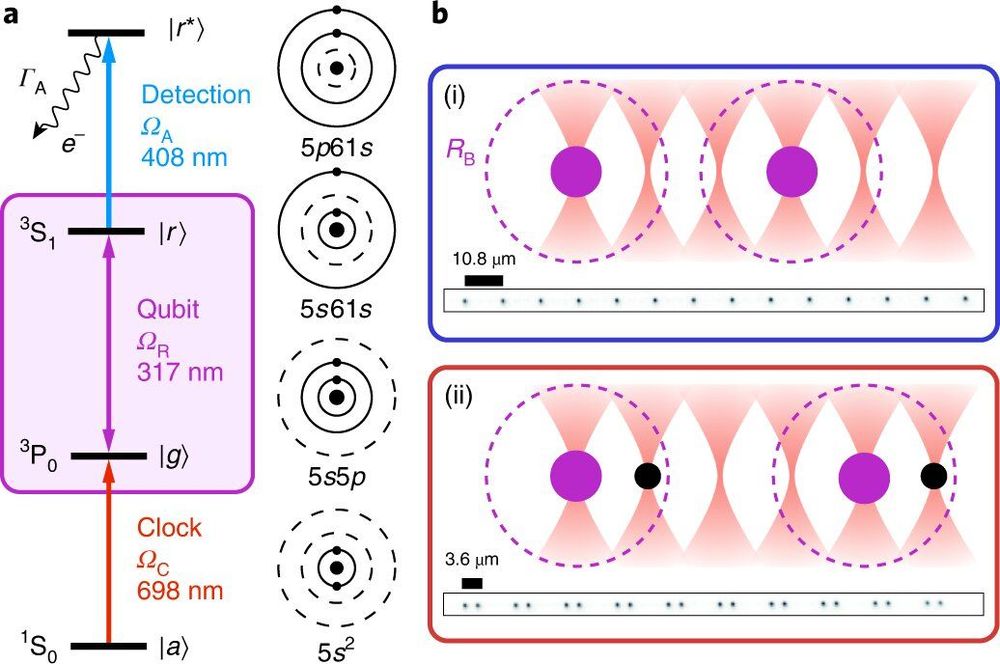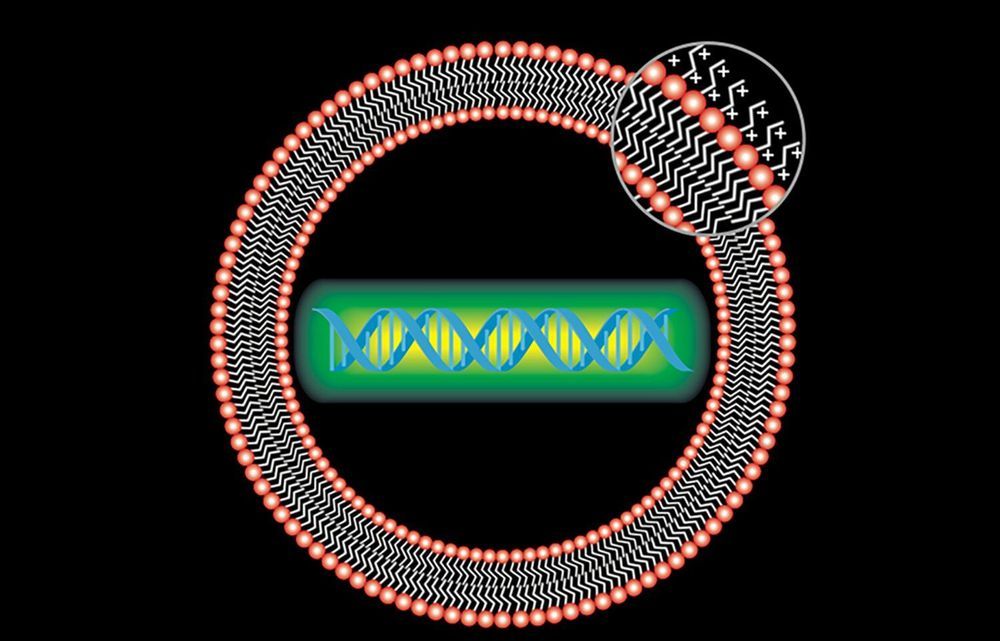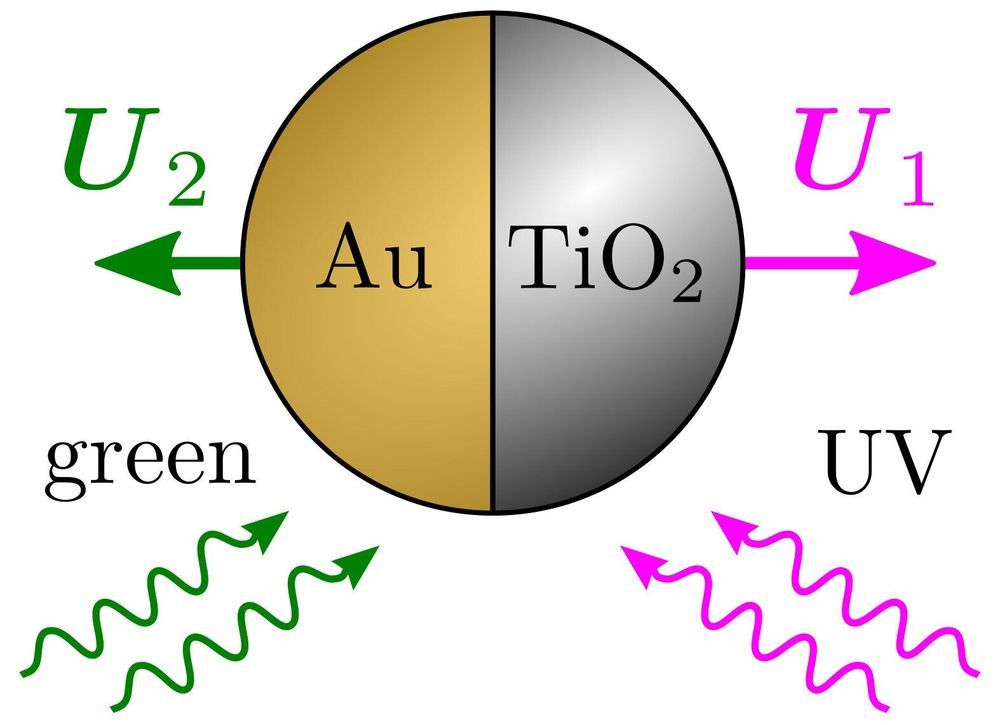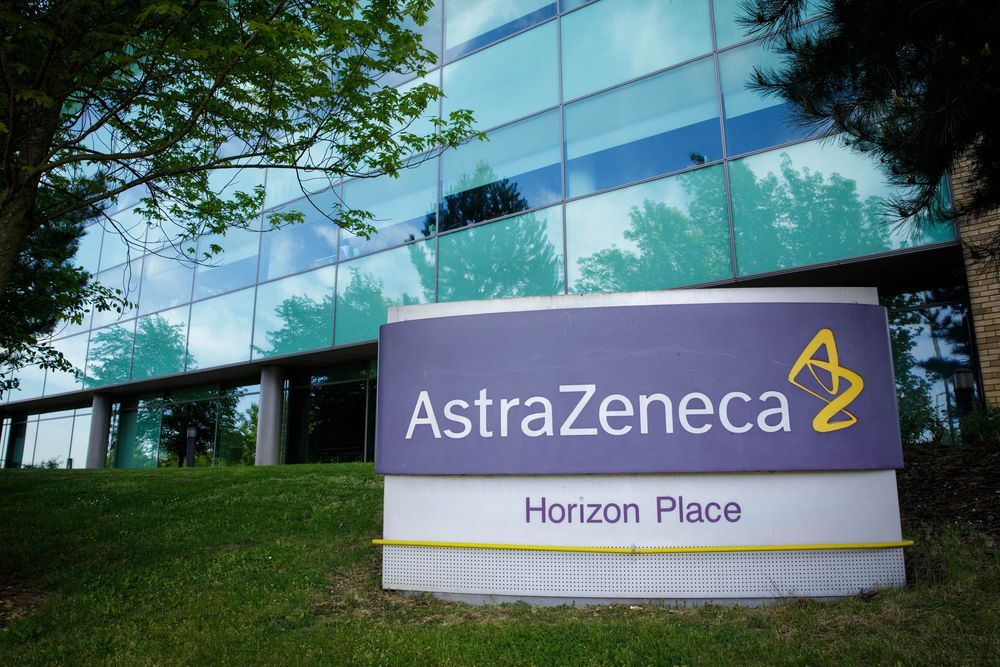The endeavor escalates global competition for much-sought-after semiconductor technology and is intended to build on the island’s technology industry, led by major players such as key Apple Inc. suppliers Taiwan Semiconductor Manufacturing Co. and Hon Hai Precision Industry Co. Taiwan has been caught in the middle of a clash between the U.S. and China over the development of chip technology that powers everything from smartphones to 5G base stations.
Taiwan is dangling incentives to attract more than NT$40 billion ($1.3 billion) of annual investments in research and technology, creating a seven-year blueprint to safeguard the island’s lead in semiconductors and other cutting-edge fields.
As part of the initiative, the cabinet plans to allocate more than NT$10 billion to entice foreign chipmakers to set up R&D facilities locally, confirming an earlier Bloomberg News report. The government said Thursday it aims to subsidize as much as half of all research and development costs incurred by global chip companies that build centers on the island.

